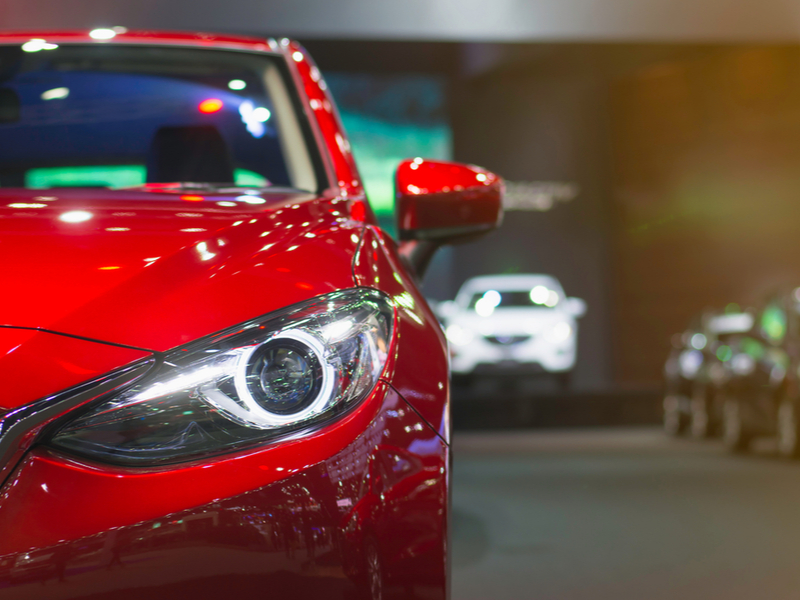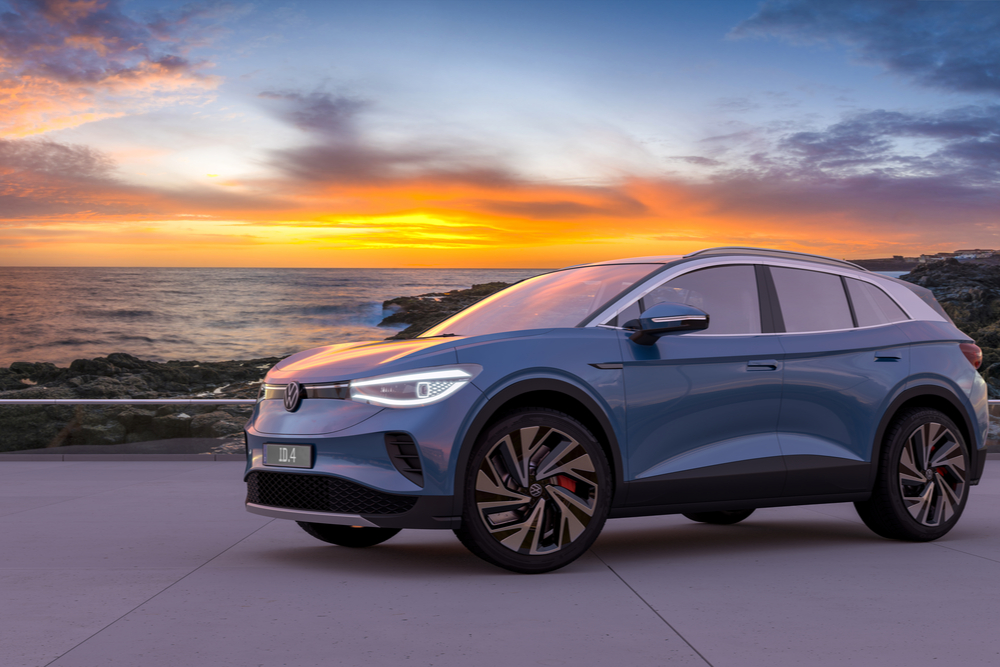Mark Gallivan cuts through the confusion around tax and reliefs for electric and hybrid vehicles and adds up the real environmental cost of electric cars.
The Irish Government’s decision to scrap grants for the purchase of new PHEV (plug-in hybrid vehicles) from 1 January 2022 has caused shockwaves throughout the industry.
This comes after a previous reduction this year that halved the maximum PHEV SEAI grant from €5,000 to €2,500. The exchequer’s decision to extend support for BEVs (battery electric vehicles) is cold comfort for customers who have orders placed for new PHEV vehicles in January and may need to renegotiate trade-in deals or new finance packages.
“Car manufacturers have not been clear in the past with consumers on the environmental impact of their products, not good enough. We need to be honest, even if it makes for uncomfortable reading”
Equally this confusion and the possibility of cancelled orders raise a bigger headache for car dealers forecasting new sales in the first key months of 2022.
Stepping towards electrification
A total 7,658 PHEV cars were sold up to late October 2021 and the industry is committed to over 11,000 PHEV units for 2022. This decision could be a disincentive for buyers unable to buy a fully electric car due to the lack of range and the high prices demanded by manufacturers of BEV with larger batteries.
Which is why PHEVs are an ideal steppingstone into electrification offering the assurance of an ICE engine when the battery charge is depleted.
Industry suppliers and watchdogs have poured scorn on the argument that the money saved by the exchequer will be redirected into BEV harmonisation when any acceptable improvement in the battery charging infrastructure in Ireland lies, at very best, years away.
Currently 14pc of all new cars sold in the EU have an electric plug. That is an increase of almost 100pc in a year. However, 10 out of the 27 member states have an electric car market share of less than 3pc. Of countries with less than 3pc share the average gross domestic product per capita hovers below €17,000.
Whereas, rich countries see that climb to over €46,000 per capita. Clearly wealthier countries are the only ones where buyers justify the expense of a new EV. Car manufacturers are putting pressure on policymakers to reduce the price walk for new cars down to a more affordable €15,000 to €30,000 bracket in the Alternative Fuels Infrastructure Directive.
The countries that have the highest market share with the highest price affordability median is Sweden with 32pc at €45,610 followed by the Netherlands with 15pc and €45,790. Germany trails down in fifth place.
Infrastructure bottleneck
This slow but encouraging trend for the EU’s Green Deal has the potential to trip itself up by running into an infrastructure bottleneck. In Germany, 10 electric vehicles shared one public charging point during 2019. One year later that had increased to 17 vehicles.
The agenda for hurried EV adoption stumbles once the actual carbon needed to manufacture a new EV vehicle is laid bare.
The green picture gets smudged according to Mike Berners-Lee a researcher and professor at Lancaster University.
In his book ‘How Bad Are Bananas?’ he lists the true carbon footprint of everything from the family pet to the weekly family shopping trip. His calculations are based on a 5 tonne lifestyle or the volume of CO2 consumed in a year by one person. For example, a large cheeseburger (3.2kg CO2e) uses up six hours of CO2 of a 5 tonne annual lifestyle. Contrast that with driving a thirsty car 1,000 miles (1.3 tonnes CO2e) and that racks up over three month’s rations.
This measurement of CO2e raises the question of choices we make when purchasing a new car for business or private use.
According to Berners-Lee, a new Ford Focus Titanium has already used up 11 tonnes of CO2e of the very first design to when it arrives at the showroom. Whereas a luxury Range Rover Sport HSE has gobbled up 25 tonnes of CO2 when measured through his own Life Cycle Analysis (LCA).
Car industry embraces transparency
He is not alone. The car industry is embracing transparency. Thomas Ingenlath, the CEO of Polestar, Volvo’s EV brand and former senior vice-president of Design at Volvo has come clean about the actual carbon footprint or the fully electric Polestar 2 as compared with the Volvo XC40 petrol SUV.
“Car manufacturers have not been clear in the past with consumers on the environmental impact of their products,” he said, “that’s not good enough. We need to be honest, even if it makes for uncomfortable reading.”
An electric Polestar 2 is more environmentally clean over its lifetime than a fossil fueled Volvo XC40. That is a given.
But manufacturing a Polestar 2 creates 24 tonnes of CO2e compared with 14 tonnes to manufacture on XC40. Between the two it’s the production of the battery pack and the necessity of embedded energy that results in a carbon footprint which belies the messaging being marketed to consumers unaware of an electric car’s carbon footprint before it reaches the showroom.
If you‘re unconvinced, consider the further findings revealed by Polestar. During its lifetime of 125,000 miles a Volvo XC40 with a petrol engine rated at 163g/km of CO2 will release 41 tonnes of CO2 from its engine.
But the Polestar 2 electric car driver will have to travel a distance of 31,000 miles before its manufacturing carbon footprint is fully offset against the petrol-engined Volvo XC40.
What does this mean? If you take an average of 10,000 miles of family motoring as a median, it will be over three years or possibly when the first owner trades-in the Polestar 2 and it becomes a used car before the EV benefit kicks into play. Therefore, it’s potentially the second owner who will benefit from the lower carbon footprint during the car’s lifetime not the first.
Assuming you still remain unconvinced, consider the average time in years it takes to bring a new car to market. It’s between four to five years. An existing car or van has been manufactured and will only become more polluting over time or due to lack of maintenance as its carbon footprint’s impact has largely peaked. To manufacture a new vehicle you must include planning, designing, testing, approvals, manufacturing and distribution and the supply chain remains under constant demand for labour with each person involved adding to a carbon footprint.
The world still has an inseparable reliance on fossil fuels and however attractive solar or wind energy appears the decoupling from oil and gas will take decades to happen.
After years of political spin, we are still using the same amount of traditional fuels like wood as we did 100 years ago. Today oil, coal and gas take up 80pc of our global energy. That’s almost exactly as the same number as a decade ago.
All of these commodities are relatively easy to extract and transport as the infrastructure for doing this have been in existence and improved over generations. The promise of a city filled with electric cars whooshing by on streets illuminated by solar power is a fantasy chased by the EU and piggybacked by politicians keen to suit their current political manifesto.
In summary, if you are running a fledgling Irish businesses or one that is well into its stride, consider your car fleet. If you’re running smaller cars or vans that are well serviced should be cognizant of the published facts that a brand new electric car may not be as carbon friendly as we’re told.
The future for car ownership is with an electric engine.
Yet for car makers jumping onto the green mile just because it gives a socially woke message to customers and investors, it needs to include the carbon footprint up to the point where it has reached the showroom floor.
The introduction and display of the true and independently verified Life Cycle Analysis (LCA) up to the point of purchase should be accompanied by a projected cradle-to-grave CO2 footprint on every new BEV or PHEV car to offer proper transparency for customers investing their incomes in new propulsion tech.
This should also be accompanied by third party verification of the mining process with traceability and a transparent employment charter by manufacturers mining to support battery production. This is essential to ensure a responsible chain of custody in the supply chain is adhered to. Anything less is a repeat of the political and policymaking push to diesel we were encouraged to embrace 20 years ago.
Armed with these assurances only then can Irish businesses properly decide if the cold turkey migration to an electric fleet makes sense for them or not.
What can Irish business owners do while this slow but steady move from fossil fuel to electricity takes place? Take a long look at your fleet. If the vehicles are well maintained and reliable, they are – for now at least – the inconvenient carbon footprint unsung heroes.




